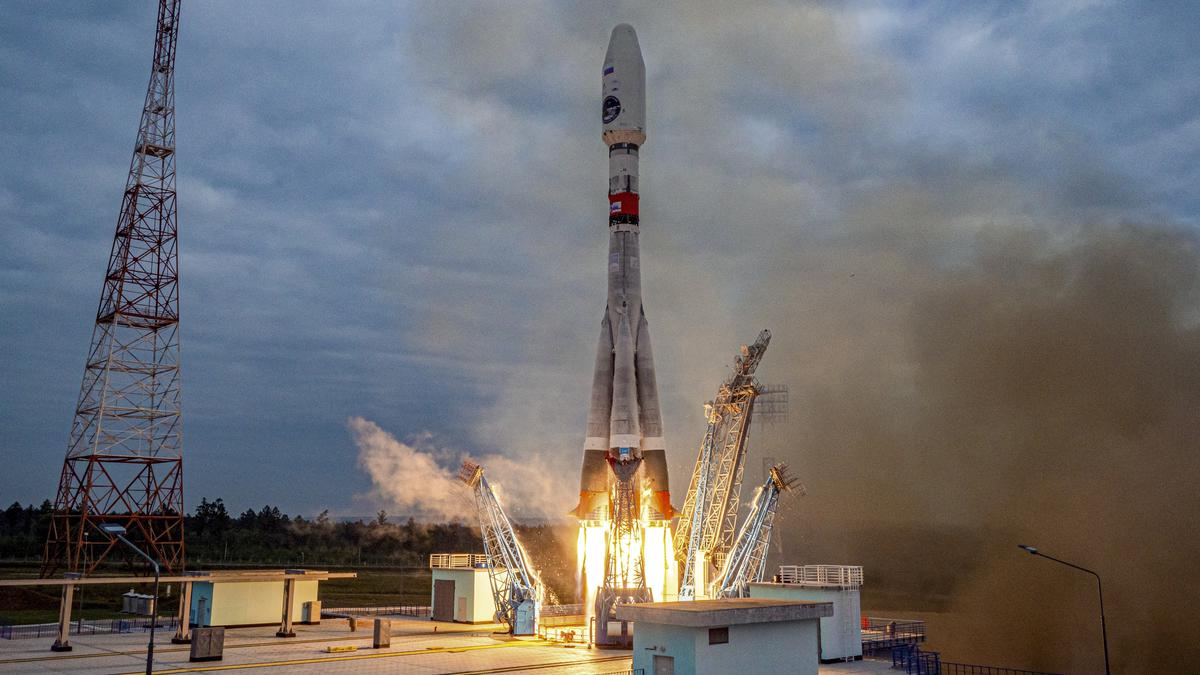In this photo released by Xinhua News Agency, people stand amidst damaged houses after an earthquake in Tonglai Village, Tingry County, Tibetan Tibet Autonomous Region.
| Photo Credit: Xinhua/AP
The story so far: At 6:35 a.m. IST on January 7, an earthquake with a magnitude of 7.1 struck Tibetan China and Nepal. The epicentre was located 10 km below a spot around 80 km north of Mt Everest. As of 7 p.m., Chinese state media had reported 95 people had been killed, 130 injured, and hundreds of houses flattened on its side of the border. Updates on damage and casualties from other areas, including Nepal, are awaited. There have also been reports of the tremors being felt as far away as Kathmandu, Thimphu, and Kolkata.
Where did the quake occur?
According to the China Earthquake Networks Centre, the point on the surface below which the epicentre lay was located in Tingry county in the Shigatse region of Tibet. This region lies 4-5 km above sea level on average and is home to some eight lakh people; the county itself is home to around 7,000 people.
The region’s capital city is the seat of the important Panchen Lama of Tibetan Buddhism and thus bears considerable spiritual significance. The Dalai Lama issued a statement in which he said: “I offer my prayers for those who have lost their lives and extend my wishes for a swift recovery to all who have been injured.”
Tingry County is also a ‘gateway’ to Mt Everest and the surrounding terrain, which is a popular tourist destination. Local authorities have said however that the number of tourists is lower in winter. According to Xinhua, China has already closed tourists’ access to the region since the earthquake struck.
Does the quake’s location matter?
According to preliminary assessments, the quake’s mainshock may have emerged in the Lhasa terrane. A terrane is a specific fragment of the crust.
The Lhasa terrane includes sites involved in China’s construction of the world’s largest hydroelectric-power dam. The Chinese government approved the project last month. Once completed, the project will straddle the Yarlung Tsangpo River and generate around 300 billion kWh per year.
The project has elicited expressions of concerns from India since the river subsequently flows into Arunachal Pradesh and Assam, where it becomes the Brahmaputra. Experts have said the dam could affect the river’s perennial status.
Second, the wider Himalayan region is considered to be the planet’s ‘third pole’ for the amount of water it holds in its rivers, glaciers, and lakes and the effects their natural cycles have on the millions of people who depend on this water. Earthquakes have been known to force rivers to change course and to destabilise glaciers and lakes and increase the risk of flooding.
Third, the cause of the quake is also related to the significance of its location.
What caused the quake?
The tale of how the Himalayan mountains were created is well-known. Around 50 million years ago, the Indian plate collided with the Eurasian plate, causing rocks to fold and rise to create the mountains.
The tension between the two plates has continued to build as the Indian plate is still pushing in at around 60 mm/year. Earthquakes and tremors occur when the rock formations in the region shift ever so slightly as they adjust to the tension.

Since 1950 geologists have recorded more than 21 earthquakes of magnitude 6 or higher in the Lhasa terrane alone. The strongest of these occurred near Mainling in 2017 with a magnitude of 6.9, according to Reuters. Mainling is 960 km east of Tingry county.
To understand where the next quake might occur in the region and how powerful it might be, geologists need to understand the ancient plate collision in great detail, estimate how much tension is accumulating in different parts today, and how much of it has been released in past events.
This is how, for example, geologists had anticipated a ‘great’ quake that could affect Kathmandu before the devastating 2015 event that left thousands dead. They found the fault involved experienced major earthquakes roughly eight decades apart as strain accumulated in it for that duration, first between 1255 and 1344 and second between 1934 and, subsequently, 2015.
Published – January 07, 2025 07:09 pm IST















